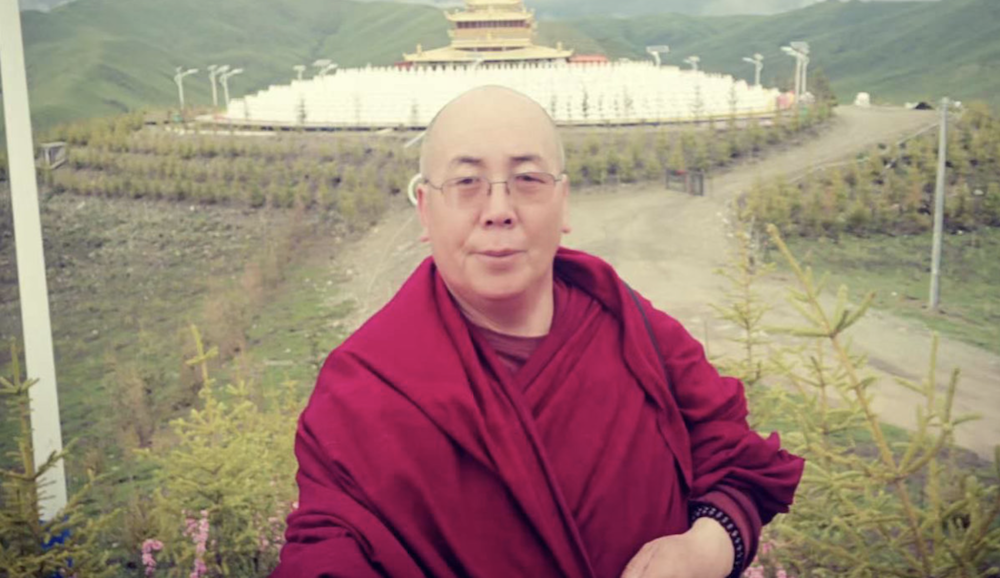By Randeep Ramesh
Tibetan Buddhism is a fusion of Buddhism with the ancient, animistic religions of the rooftop of the world: Bon and Hinduism. It has four schools of thought. The oldest is Nyingmapa, founded by the monk Padmasambhava, who spread Buddhism from the Indus to the Tibetan plateau in the 8th century.
In terms of antiquity the Kagyu ranks second. It is led by the karmapa and was popularised in the west partly because a monk translated the Tibetan Book of the Dead into English. The third school, Sakyapa, is now the smallest. The dominant Tibetan sect is the Gelupa, or yellow hats, headed by the Dalai Lama.
The karmapas, whose rank is second only to the Dalai Lama, were the first lamas or priests to establish the principle of reincarnation.
The current fight in Sikkim began in a Chicago cancer ward, with the 1981 death of the 16th incarnation, Rangjung Rigpe Dorje. He neglected to leave the traditional poem describing where he would reappear.
The two claimants have been kept apart by New Delhi, fearful of upsetting the fragile peace. The Dalai Lama’s anointed karmapa, Ogyan Trinley, remains in the Gyuto monastery in the foothills of the Himalayas, hundreds of miles from his throne in Rumtek.
Intensely ritualistic with an emphasis on chanting, ceremonial weapons and meditation, Tibetan Buddhism spread throughout central Asia, ending up as the state religion for certain periods in China. However, since the Chinese takeover of Tibet and a failed uprising in Tibet in 1959 saw the Dalai Lama flee with 80,000 followers to India, the religion’s prospects have been dim.
Chairman Mao’s cultural revolution saw many monasteries destroyed in Tibet, some of which have only now been rebuilt. Since then the Dalai Lama has moved the spiritual headquarters and a government-in-exile to north India.
From this base the Dalai Lama has won support and sympathy from around the world, and managed to keep alive hopes, however faint, of restoring a degree of Tibetan autonomy. To China, such hopes are nothing less than “splittism”, and Beijing deeply resents the Indian government’s acceptance of the Tibetan movement.









